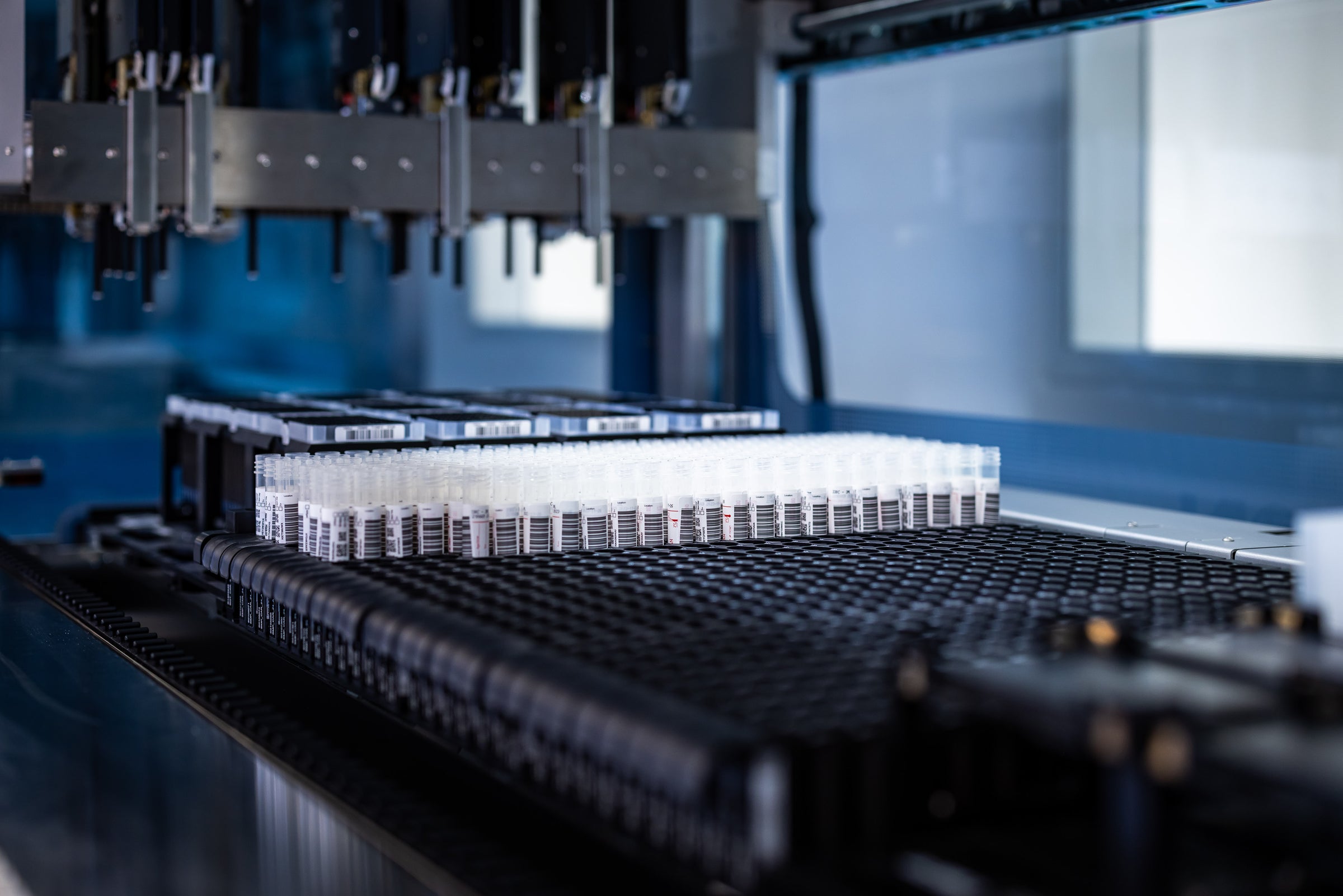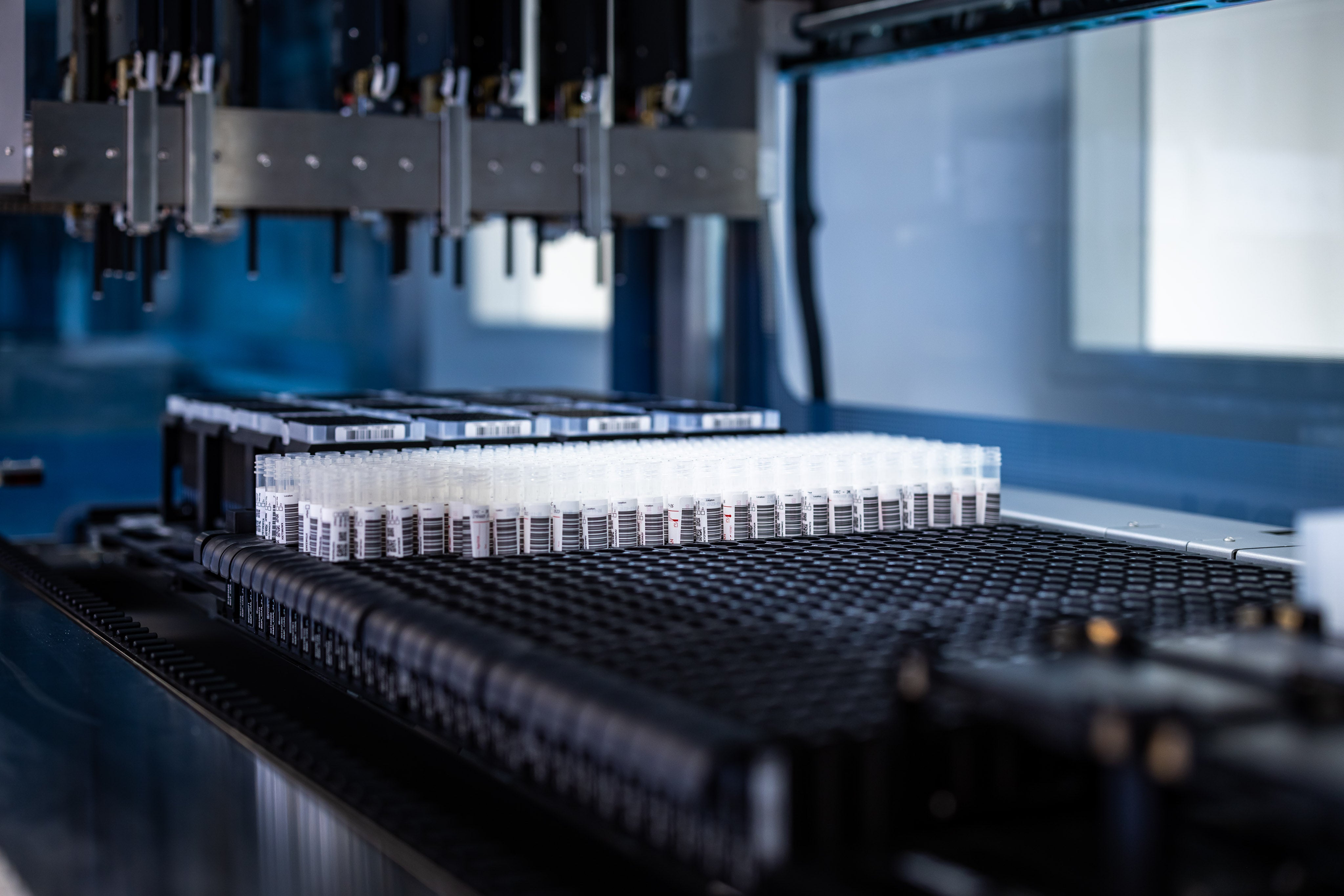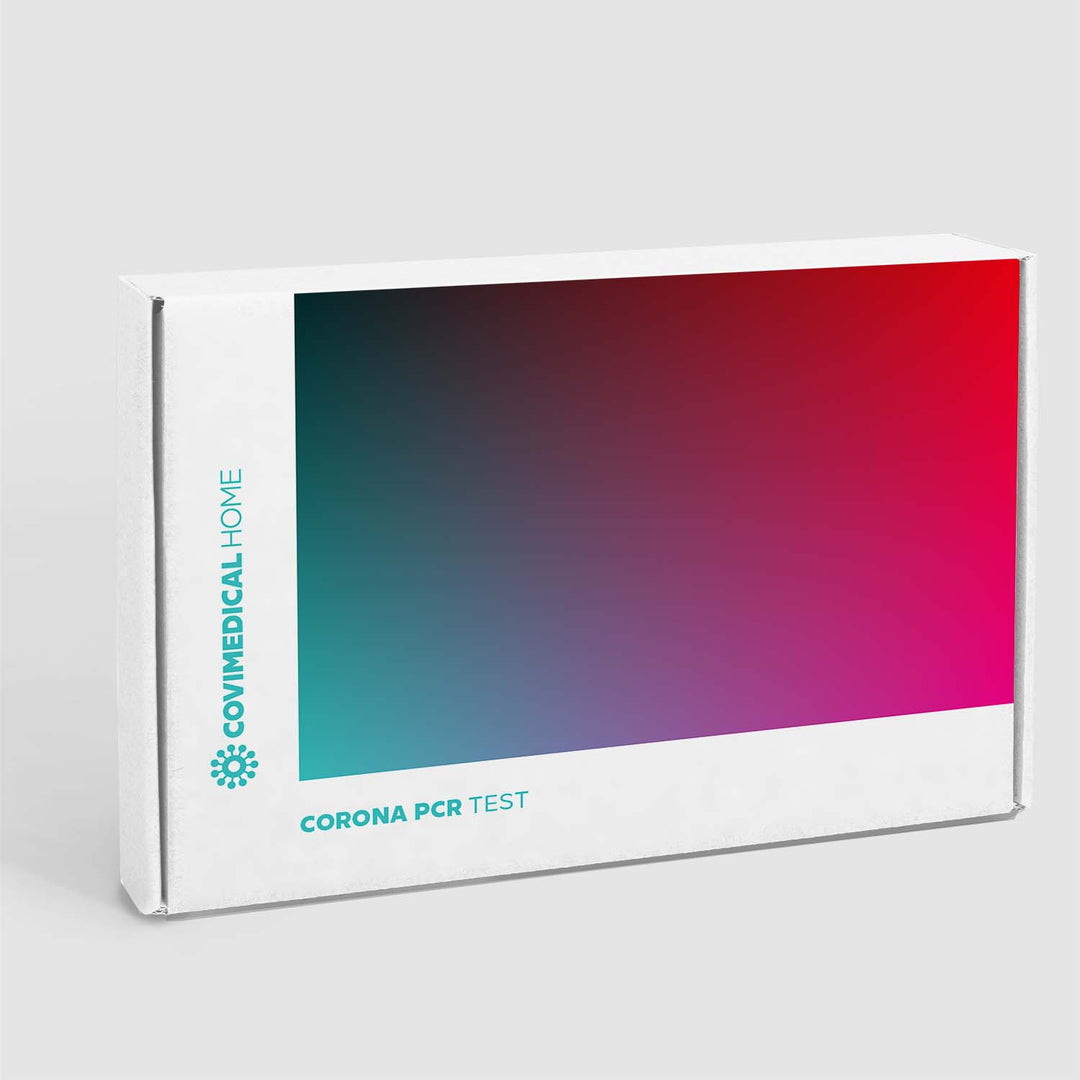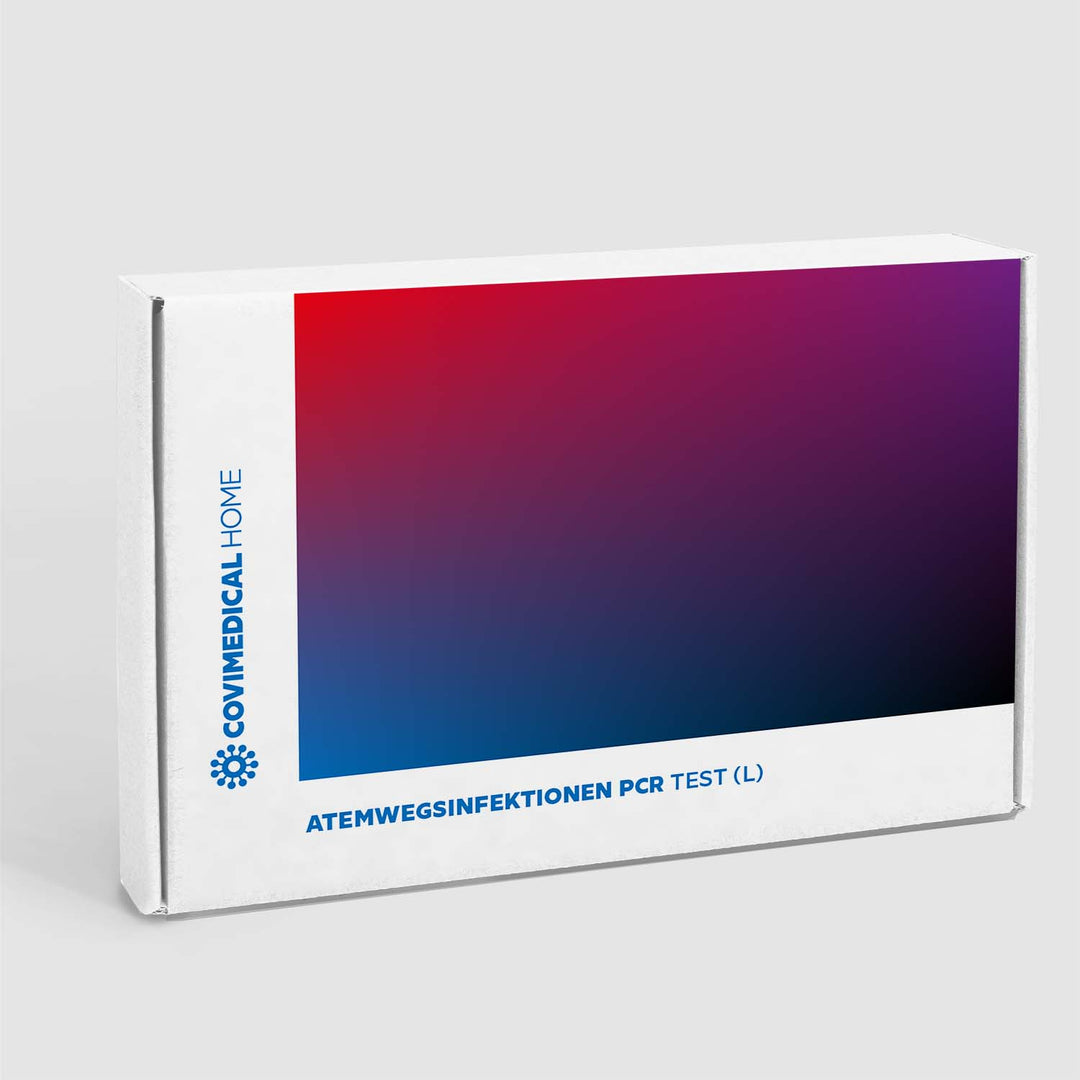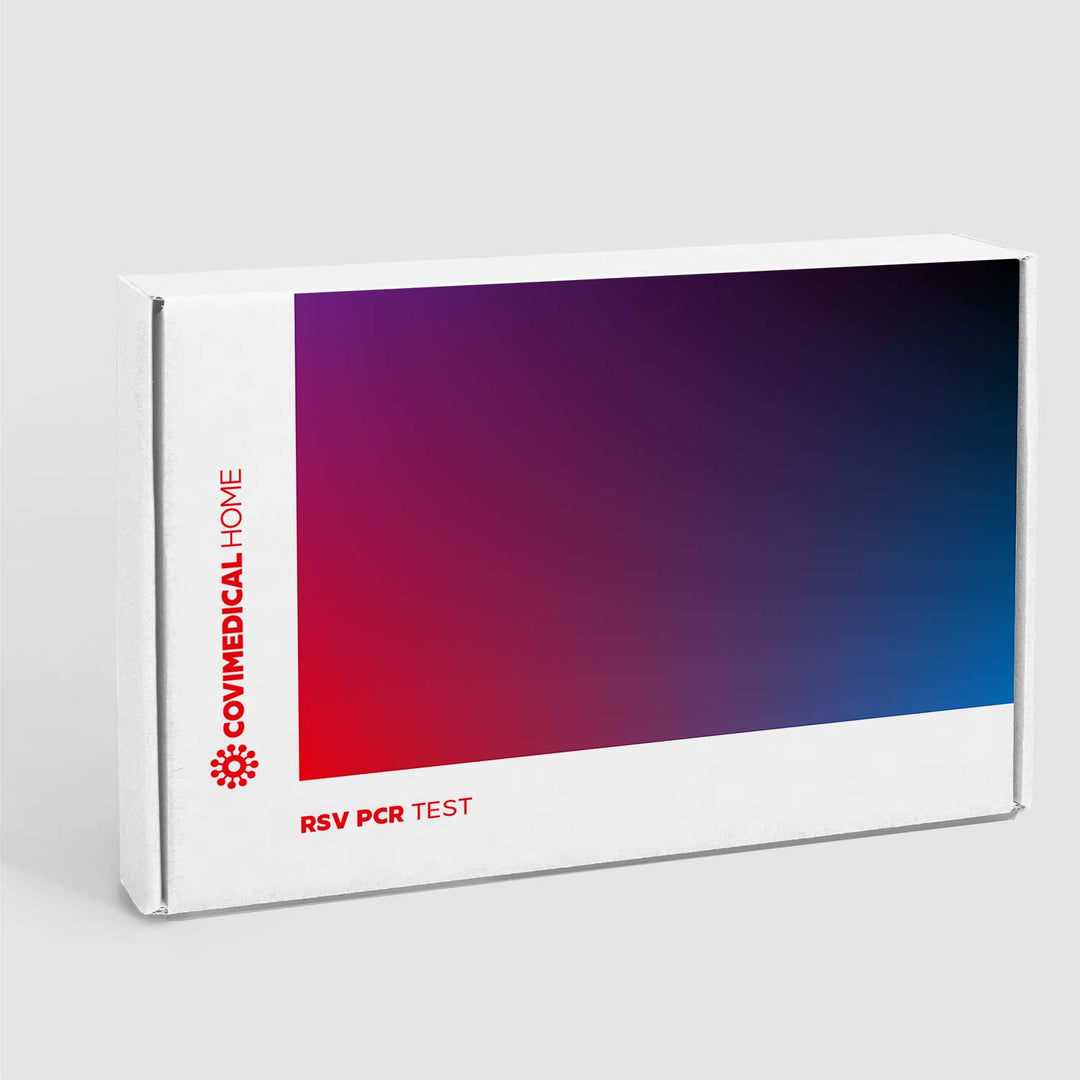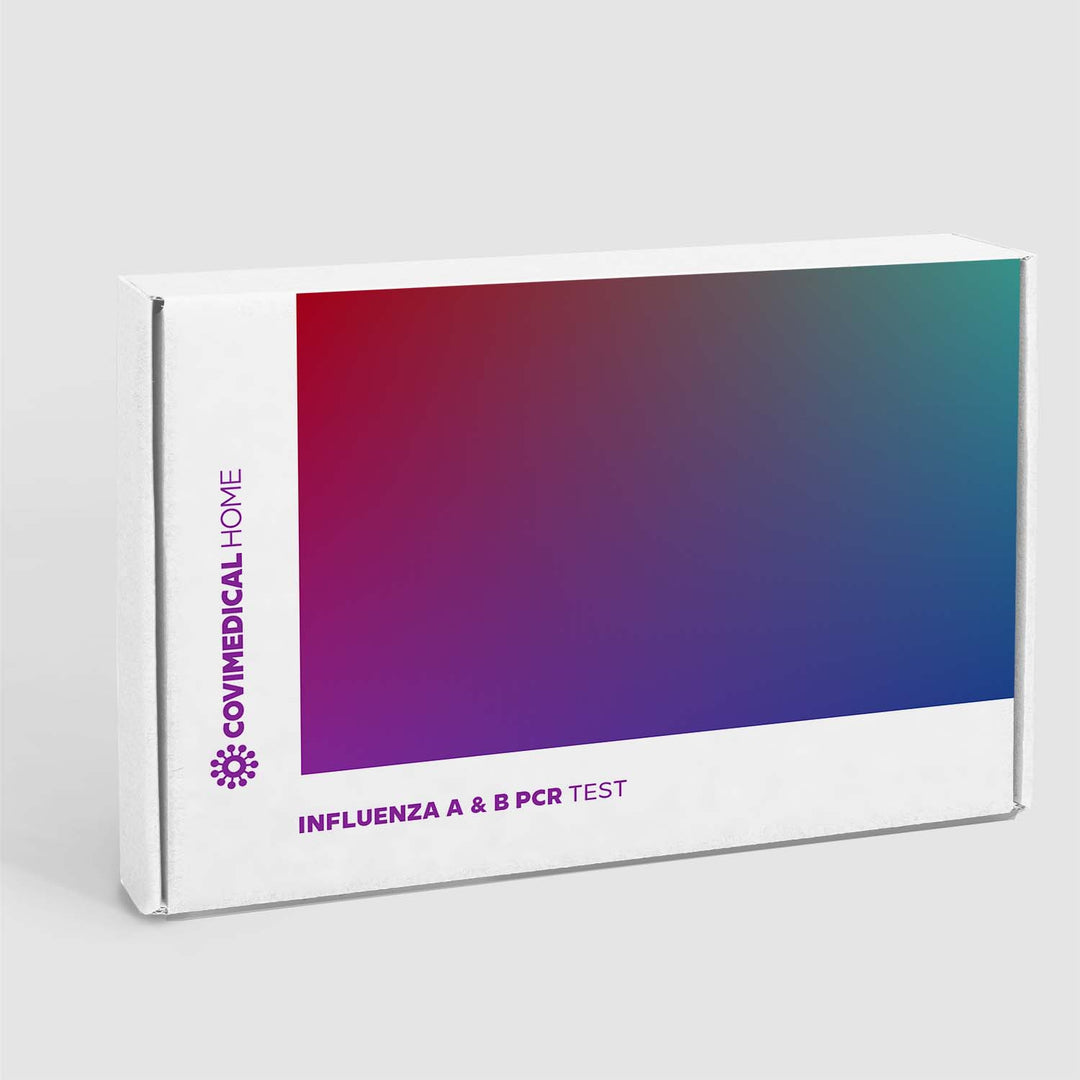The qPCR method - A PCR test in real time
Quantitative Polymerase Chain Reaction (qPCR): Unveiling the Power of Molecular Analysis. The quantitative Polymerase Chain Reaction (qPCR), also known as the real-time PCR test, is a molecular biology method for amplifying and quantitatively analyzing DNA or RNA sequences.
It allows for the precise determination of the initial quantity of the target sequence material and finds broad applications in research, diagnostics, and other fields.
What is the qPCR method?
The quantitative Polymerase Chain Reaction (qPCR) is an extremely powerful technology that enables the amplification of small amounts of DNA sequences while simultaneously determining the quantity of copies.
How does the qPCR method work?
First, genetic material (RNA or DNA) is isolated from the sample. The isolated material is placed in a reaction vessel and heated and cooled at various temperatures in a specialized thermocycler. This process, called a cycle, consists of three steps: denaturation, hybridization, and elongation.
If the genetic material is RNA, as with many viruses, it must first be transcribed into cDNA because PCR methods only work with DNA. This is accomplished by an enzyme called Reverse Transcriptase (RT). Therefore, in RT-qPCR, which targets RNA (e.g., Corona, RSV, Influenza), the RT step occurs before the actual PCR.
Denaturation – Separation of DNA
During denaturation, the double-stranded DNA is separated into two single strands by heating it to a high temperature (usually around 90 °C). Upon subsequent cooling to about 60 °C, the primers and probes contained in the reaction mixture bind to specific locations on the DNA (or cDNA). This process is called hybridization.
Hybridization – Connecting DNA with the Primers
During hybridization, after cooling, the pathogen-specific primers bind to the DNA to amplify the desired DNA sequence.
Primer and Probe Design
Primers are short nucleotide sequences that serve as starting points for the polymerase. The probes are also short nucleotide sequences that bind to the inner region of the target sequence and are labeled at one end with a fluorescence dye and at the other end with a fluorescence quencher. As long as the quencher and dye are close together, there is no fluorescence signal.
The Fluorescence Signal
If no fluorescence signal is measured, it means that the genetic target sequence was not in the sample, indicating a negative result. However, if a fluorescence signal is measured in the corresponding channel, the sample was positive. Modern qPCR devices have multiple fluorescence channels, allowing testing multiple target sequences labeled with different fluorescent colors in a single reaction.
Repeating the Cycle and Determining the Result
After completing the initial steps of the qPCR method, the cycle is repeated. By repeating the denaturation, primer hybridization, and elongation steps, the amounts of pathogen-specific sequence segments increase, and thus, the fluorescence signal exponentially rises. If pathogenic DNA/RNA is present in the starting sample, a fluorescence signal is measured. If no fluorescence signal is measured, there was no pathogenic DNA/RNA in the sample.
Why is qPCR such a powerful technology?
The qPCR method has revolutionized our understanding of DNA/RNA analyses and has become indispensable in many areas of research and medicine. PCR allows us to amplify tiny amounts of DNA and analyze it more accurately. This enables us to diagnose diseases more quickly, detect genetic changes, and even conduct forensic investigations. But it's not just that – PCR has also contributed to our increased knowledge of the evolution and relationships between living organisms. In short, PCR is a technology that helps us better understand the world around us and solve problems more quickly.







